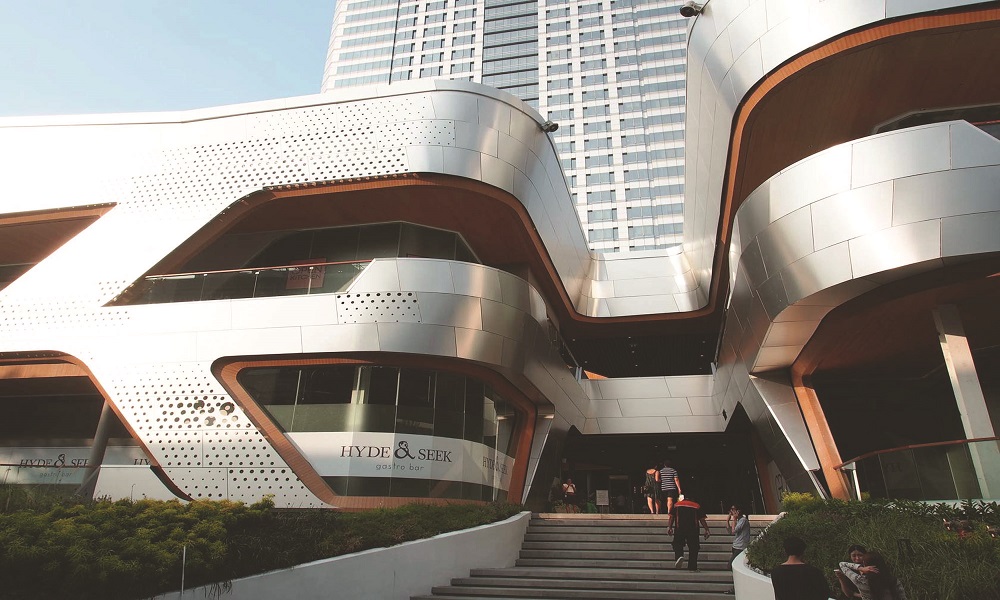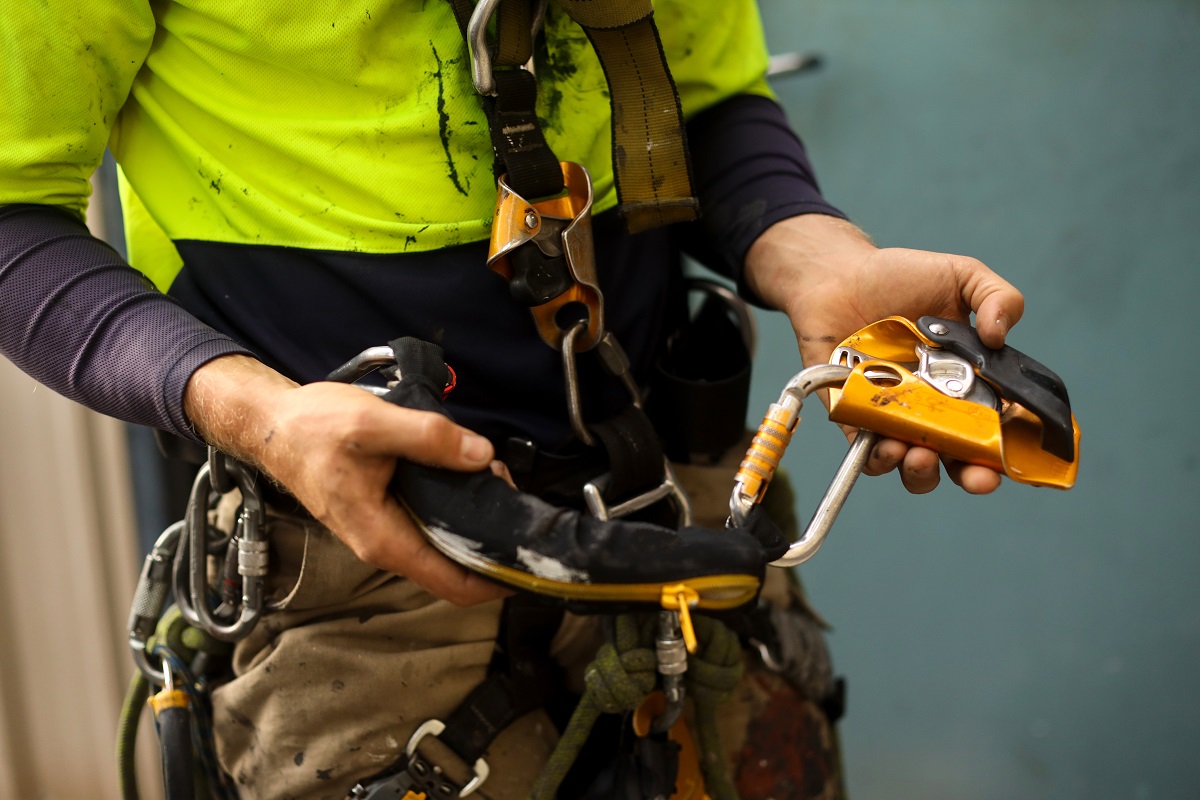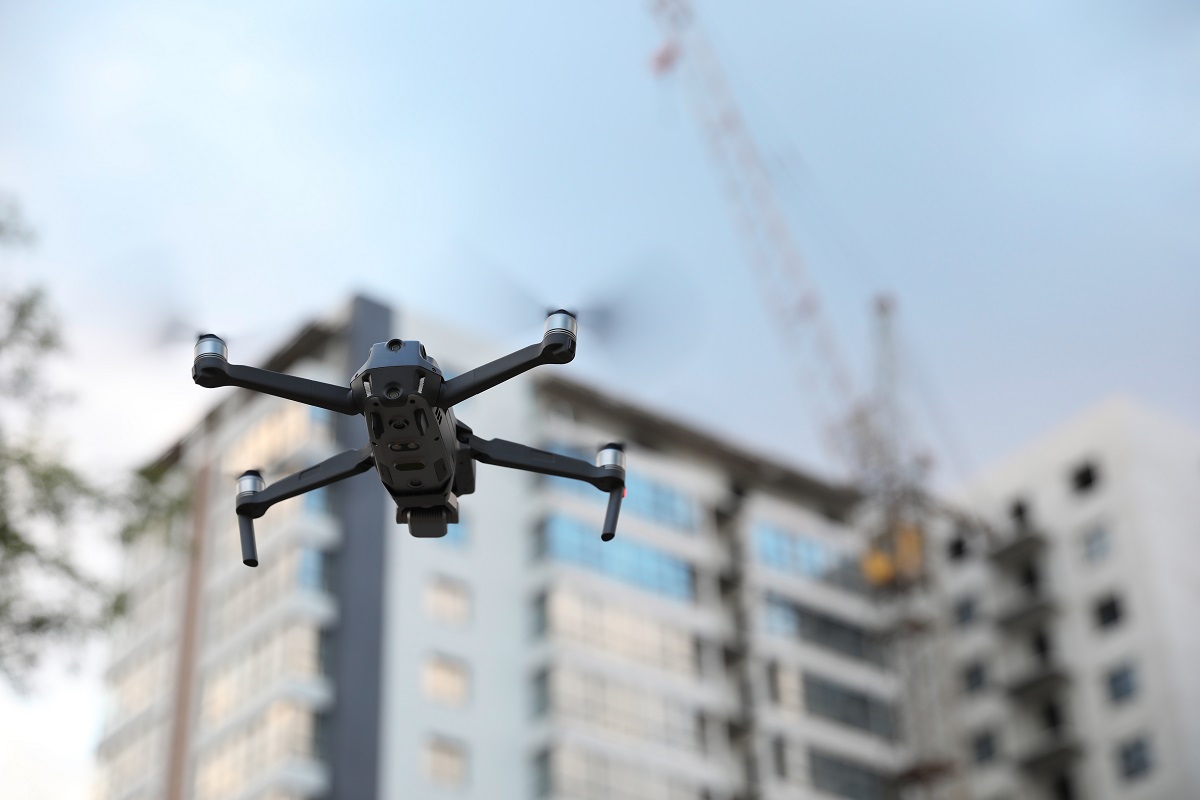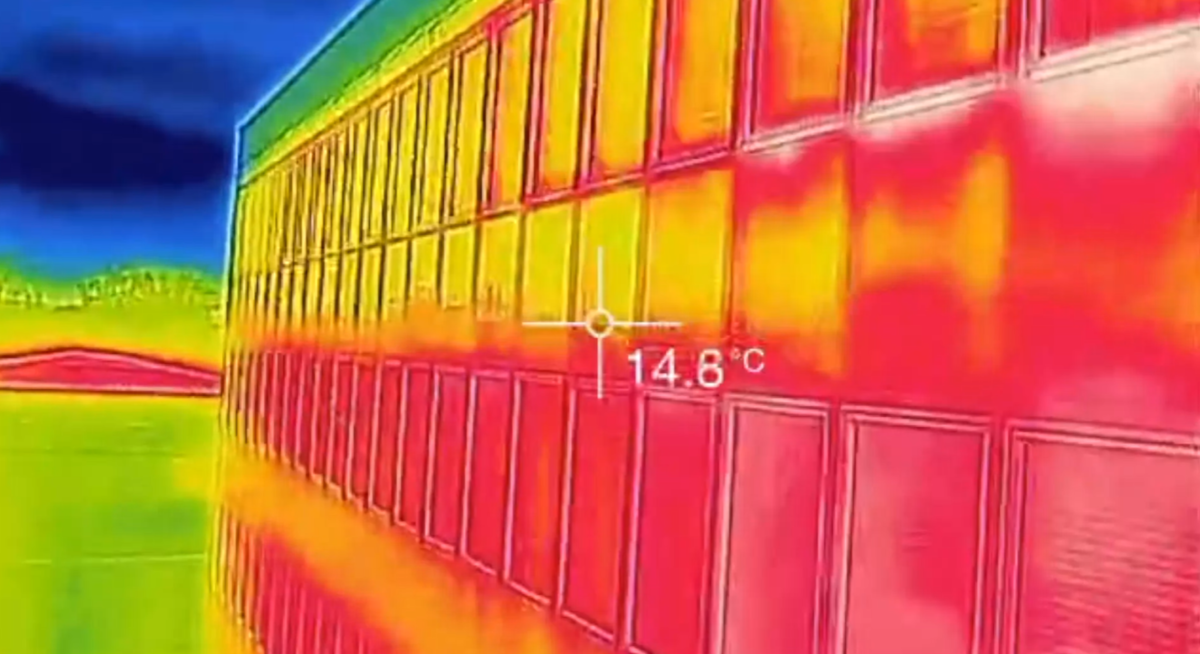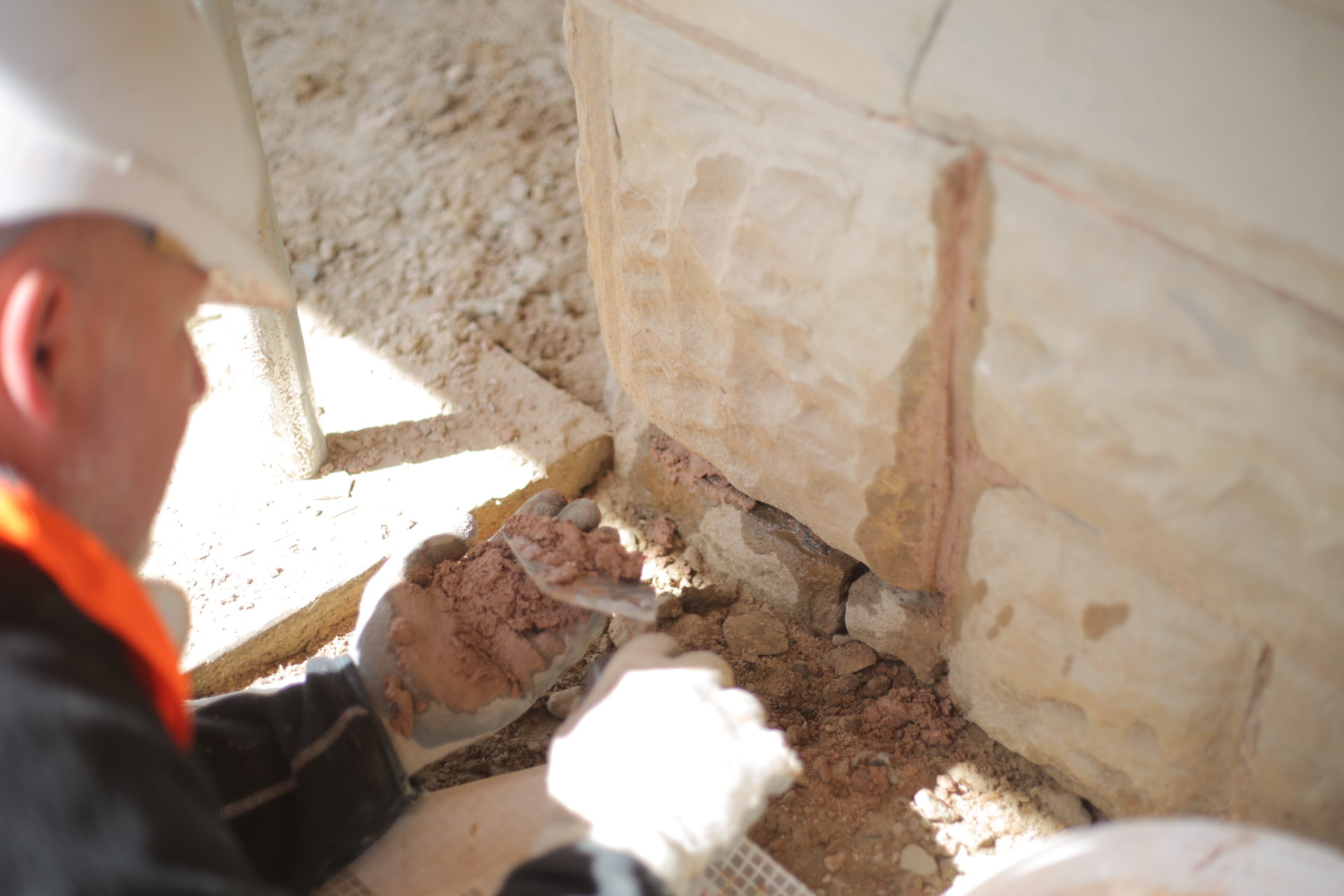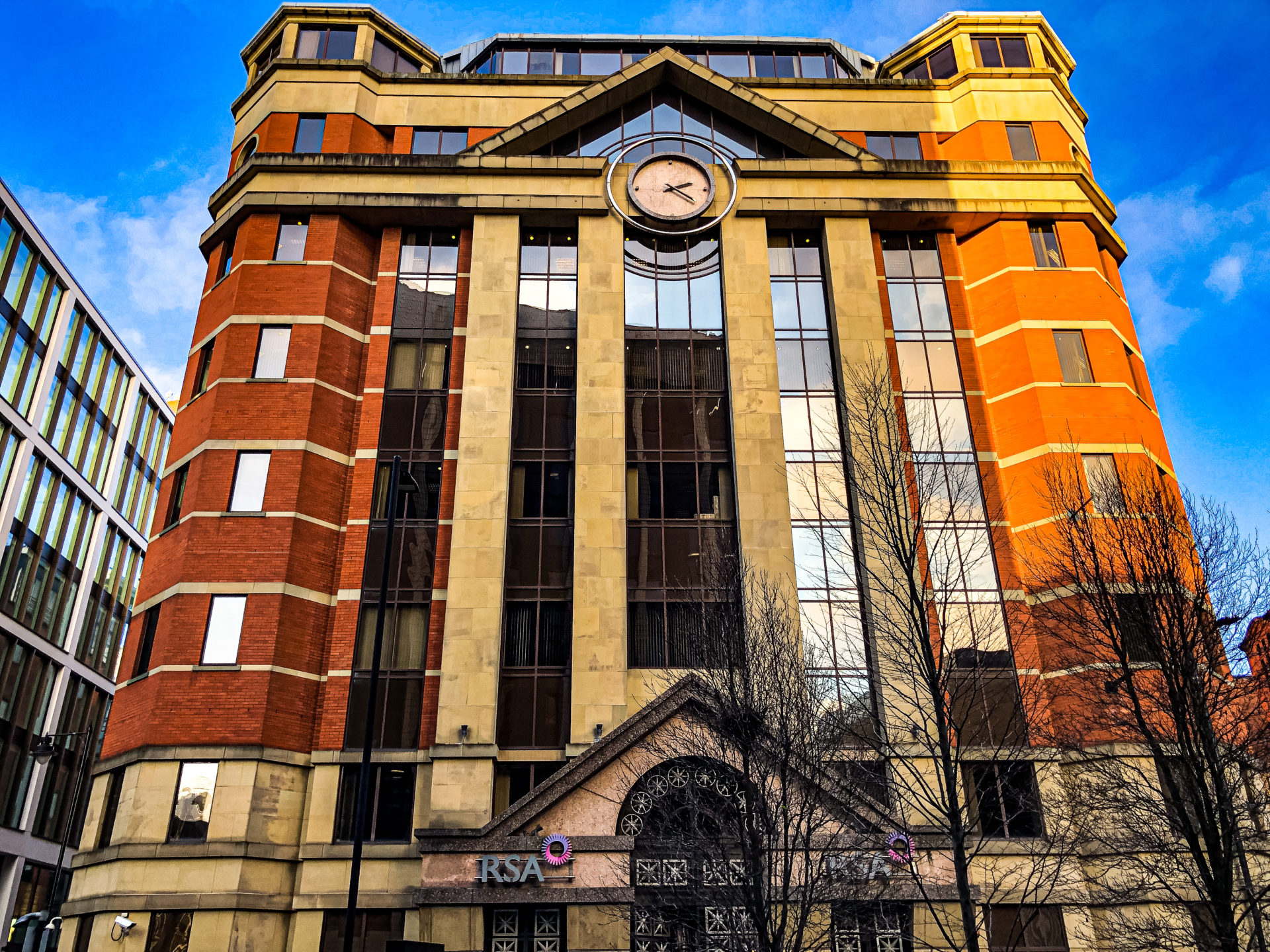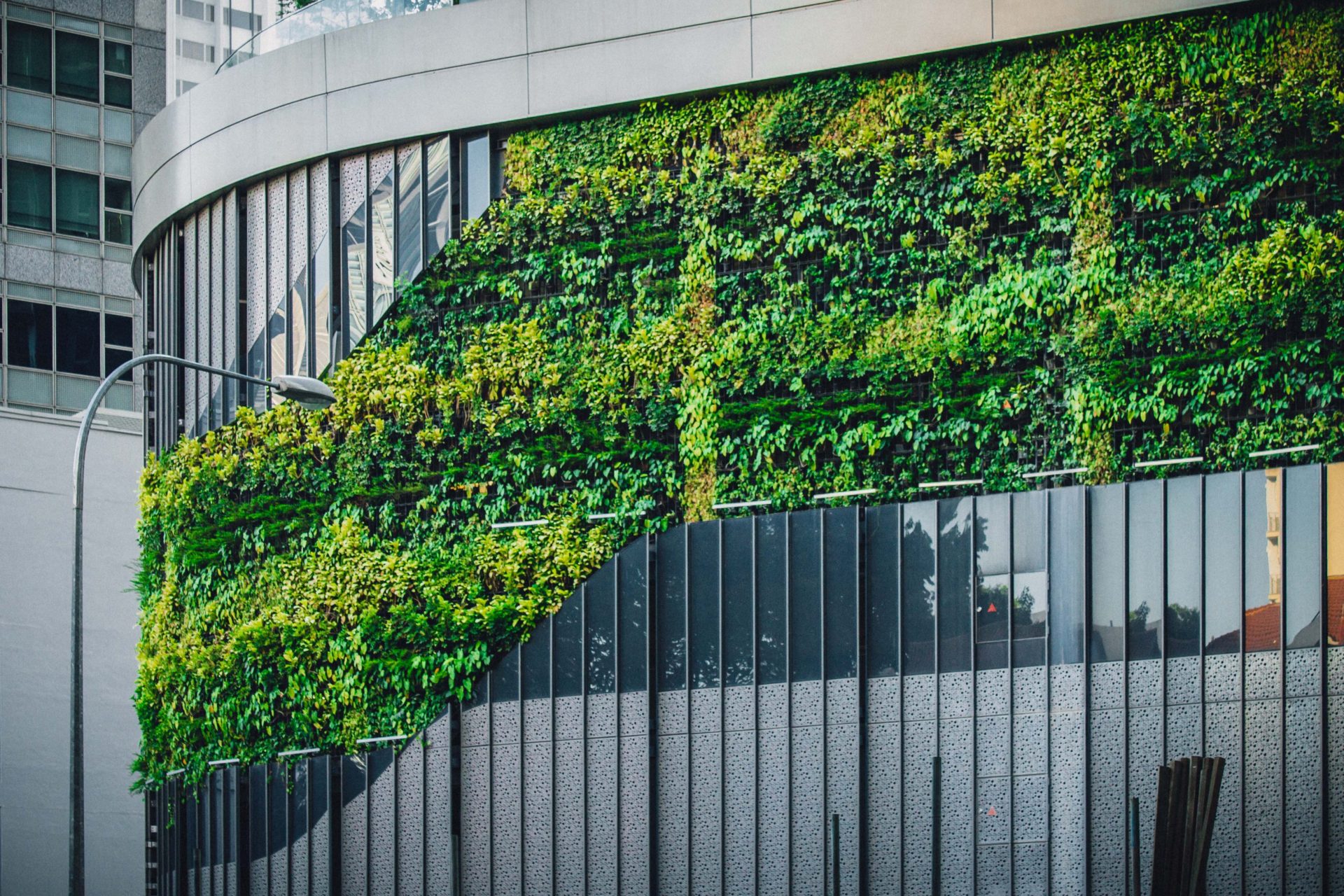In any redecoration, refurbishment or restoration project which involves coating a metallic surface, your initial preparation is crucial. Failure to prepare properly will mean a mess: the opposite results in a high-quality finish.
To ensure your new coating sticks properly remove all surface contaminants such as dirt, oil, rust and loose or flaking existing coatings. This is particularly true of metal surfaces.
Metal is used for frames, girders and trusses. Some metals, such as aluminium, are also decorative. They tend to come in two main types – non-ferrous metals and ferrous metals.
Non-ferrous metals
These don’t contain iron and are not magnetic. More resistant to corrosion than their ferrous counterparts, these metals should always be dry and free from grease prior to painting. Previously painted non-ferrous metals need to be abraded and any corrosion scraped back until flaking paint is found.
Ferrous metals
These do contain iron and tend to be magnetic. They may have small amounts of other metals and elements added to them as well. These are prone to rusting so all rust should be scraped off with either a wire brush, abrasive papers and/or scrapers prior to painting. Look for signs of corrosion due to rust too. If found, clean and remove before starting work.
What causes metal corrosion?
The main factors that affect corrosion – oxygen, hydrogen, moisture and pollutants – are found in the atmosphere. The most common form of corrosion is oxidation. This is where the atoms in metal combine with the atoms in oxygen to form oxides.
Iron rust is the most recognisable form of corrosion and is caused by iron oxide appearing on iron or steel components. Metals with high iron content corrode more than metals with low iron content.
Pitting is a sign of corrosion and must be repaired. The metal should then be protected with a special coating. In some instances, corrosion can actually protect metal. This is the case with copper.
Copper is both a pure metal and an alloying material. As a metal it is very resistant to corrosion so doesn’t need protective coatings like other metals. Instead, it develops a protective oxide coating of its own. It has the effect of thickening the copper and turning it green.
How to remove metal corrosion from metallic materials
Once the contaminant has been identified, you’ll need the following:
- Solvent wipes for oils and grease
- Use of a wire brush, chipping hammer for oxidation/rust/mill scale in small volumes
- Power tool such as spinning wheels, grinders, and needle guns for rust and oxidation on larger areas
If a project involves the preparation of an extremely large area such as a bridge, you will need blasting equipment to remove the build-up of oxidation and rust. Hand tools are too labour intensive, in this instance. A range of aggregates can be utilised, varying in shape, size and hardness depending on the contaminant and underlying material.
In some extremely specific examples, such as boat hulls and other large surfaces, ultra-high-pressure water jetting cam be used. This is best for removing oxidation caused by seawater. A blasting process would be too harsh for the thinner metal of the hull, while other processes are too costly and time-consuming.
Once fully-prepared, your surface can take new coatings, starting with the initial primer, then followed by one to three or more coats of the protective system. This can help to protect the metallic surfaces for up to 30 years.


